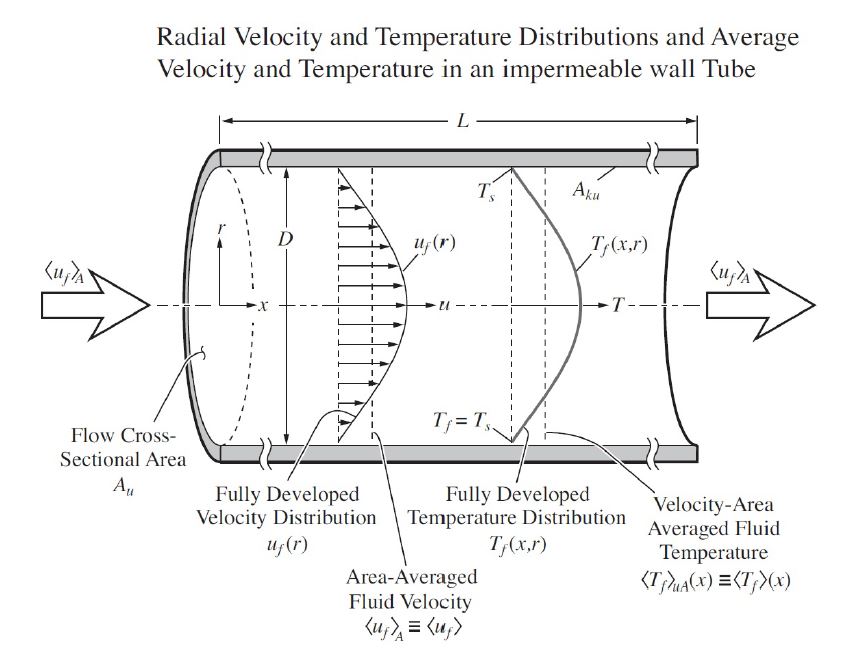Engineering Simulation

2021 Funded Projects
Developing Enhanced Student Learning of High- Fidelity Real-Time Flow Analysis in a Model-Based Systems Engineering (MBSE) Environment through Ansys Discovery Simulation Solutions
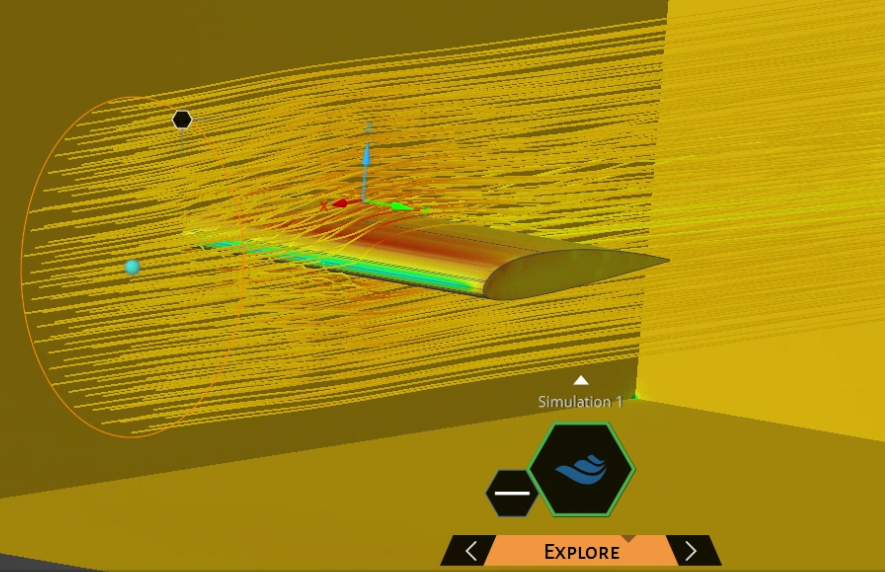
Project Team: George Halow, Morgan Serra, and Parker Trambley (Aerospace Engineering); Maia Herrington (Electrical Engineering and Computer Science); Owen Marr (Climate and Space Sciences Engineering)
Model-Based Systems Engineering (MBSE) is a rapidly-growing cornerstone in complex product development activities (e.g. aircraft, automotive, biomedical, and many others). The course will include expanded flow simulation through a high-fidelity and real-time simulation tool (Ansys Discovery).
Integrating Ansys Heat Transfer Simulations in Extended Reality Nuclear Reactor Laboratory

Project Team: Brendan Kochunas and Yuxuan Liu (Nuclear Engineering and Radiological Sciences)
This project will focus on the development of an eXtended Reality (XR) based nuclear reactor laboratory course that will enable students to walk around a control room and reactor floor, and interact with the control panel to perform the experiments. Ansys real-time models will enable a virtual reactor with all major field quantities available in real time for educational purposes.
Academic Innovation in Education Engineering Simulation – Ansys
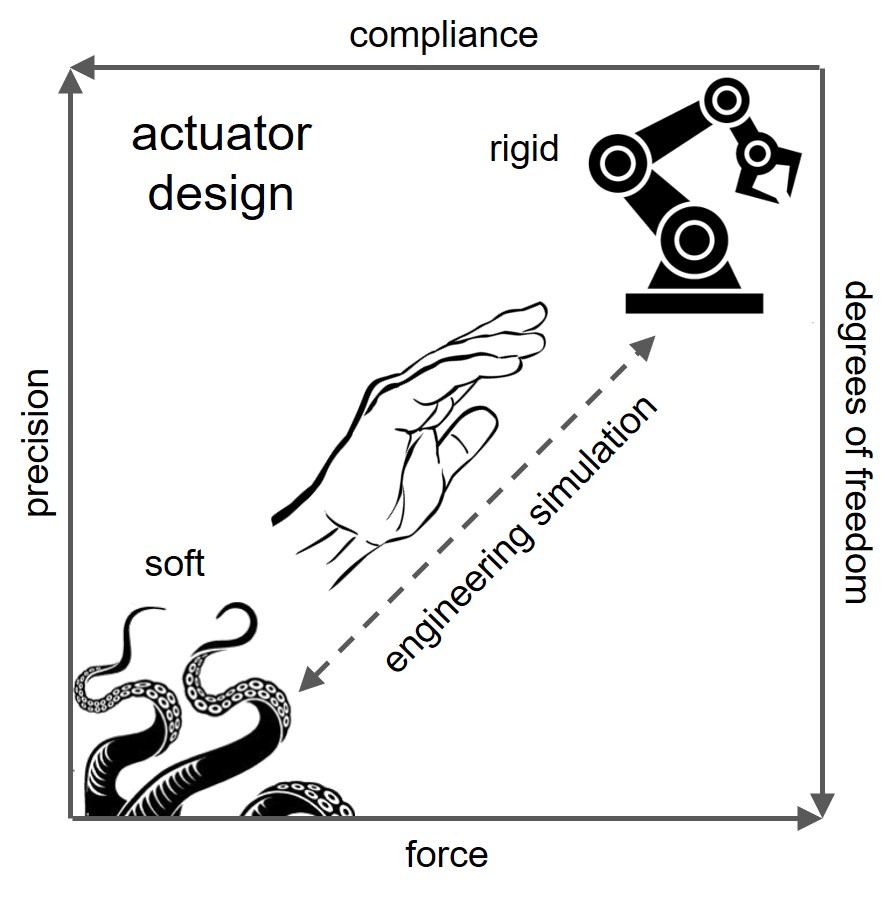
Project Team: Abdon Pena-Francesch (Materials Science and Engineering)
Soft robotics uses flexible and deformable materials to achieve high compliance and complex deformations. However, this increases the degrees of freedom and makes soft robots difficult to design and control. This project will use Ansys tools to aid in the prototyping, optimization, and validation of soft actuator designs and to provide engineering simulation support in a new soft robotics course. This will provide an experiential learning platform for CAE-driven soft robotics design projects.
2020 Funded Projects
Developing Instructional Content on CAE to Support Introductory Engineering Design Education
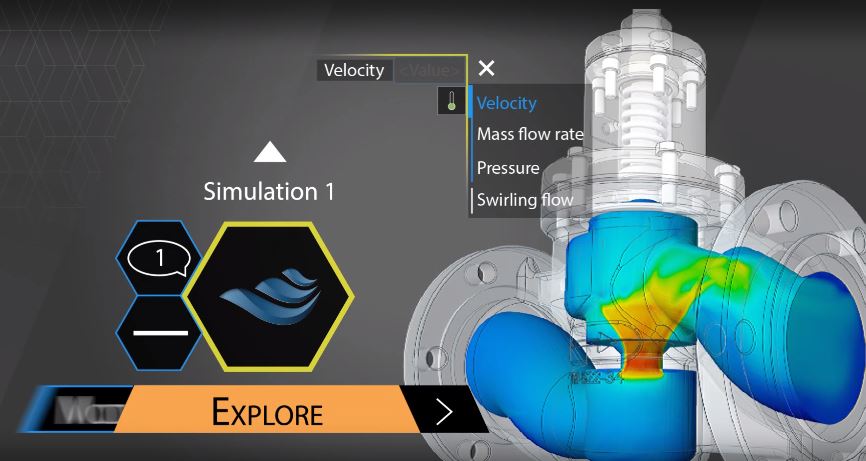
Integrating GPU based Computational Tool into Required Design-Build-Fly Courses
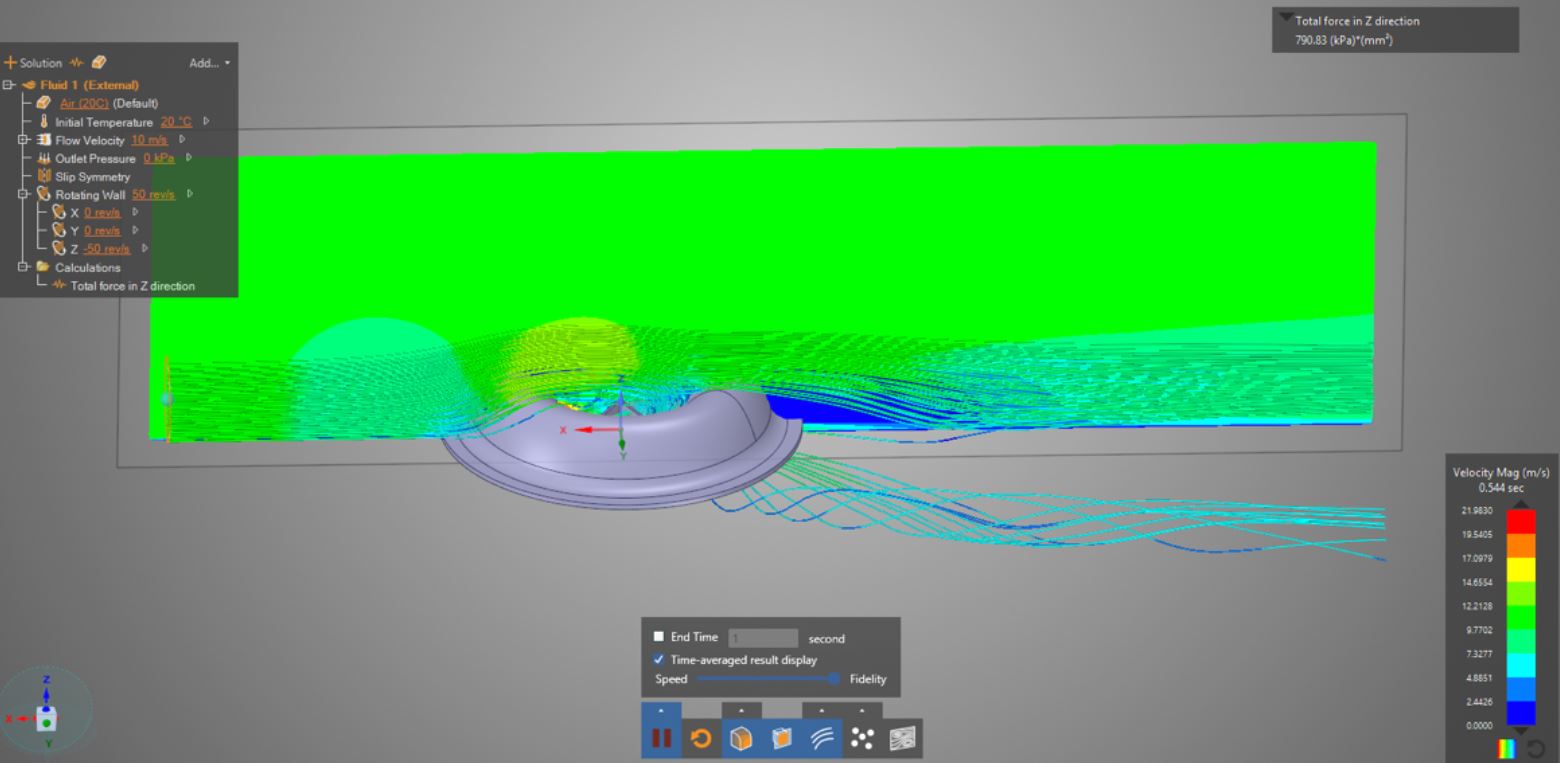
Integration of Ansys in Introductory Additive Manufacturing Course
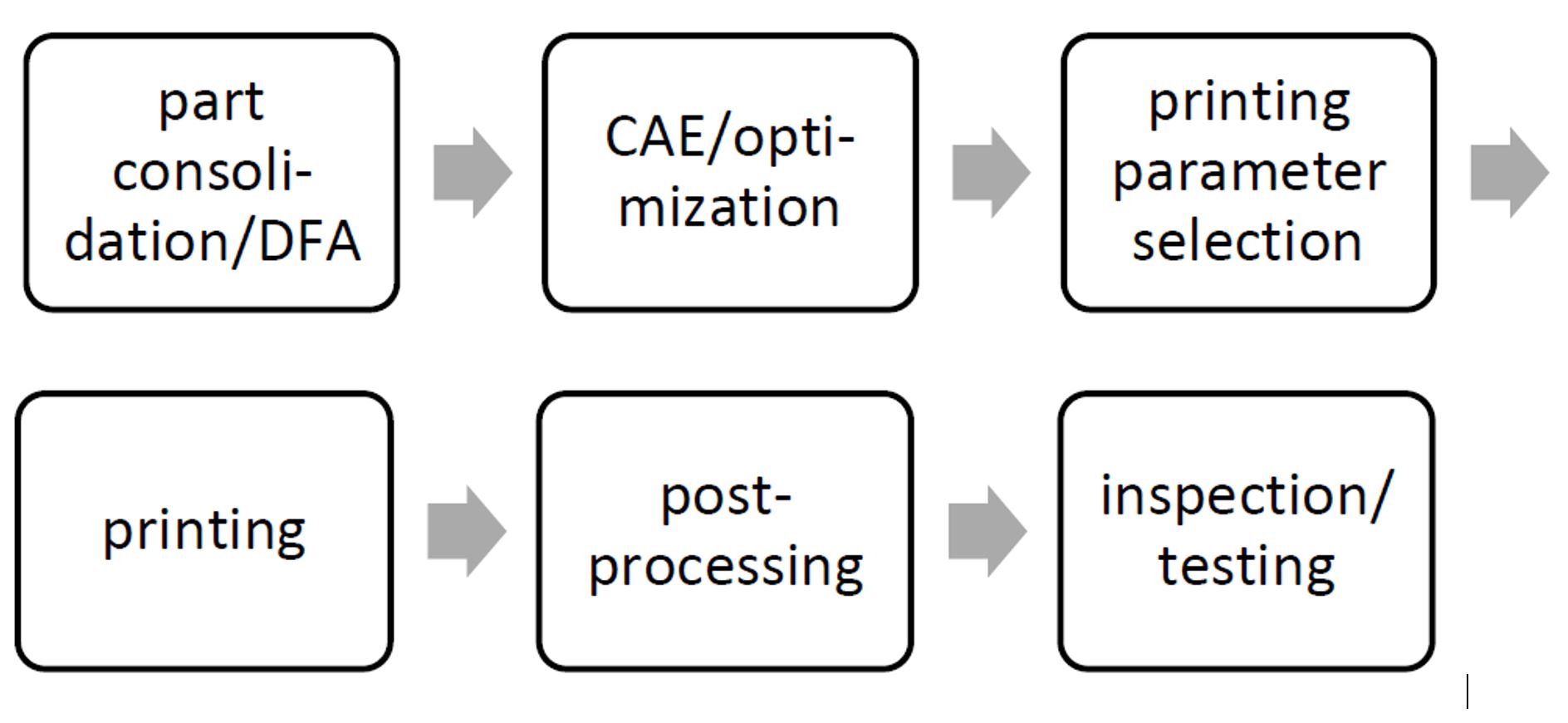
Integration of Real-Time Interactive Simulation into Fundamental Mechanics Courses

Using Ansys Heat and Fluid Flow Simulation Software for ME 335 (Heat Transfer) Core Course
